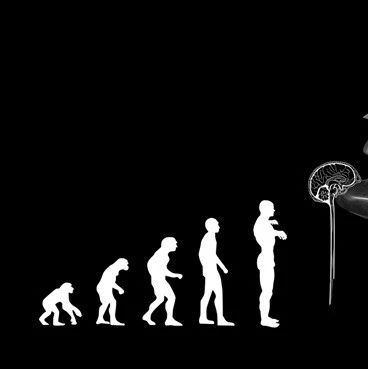导读:据美国物理学家组织网3月19日(北京时间)报道,美国南加州大学和能源部劳伦斯伯克利国家实验室的先进光源(ALS)最近发现,在氢键被封锁的情况下,质子也能通过一种完全不同的途径实现迁移。相关论文发表在近期出版的《自然·化学》上。

氢键在DNA(脱氧核糖核酸)和RNA(核糖核酸)中连接着互补编码基因的碱基对,构成了各种蛋白质结构,在生物化学中很重要。传统理论认为,只有形成了氢键才能实现质子迁移,氢键网络就像一种“质子线”。
研究核苷酸的结构对了解它们的生物学功能具有重要意义。RNA与DNA有3个相同的碱基对:腺嘌呤、胞嘧啶和鸟嘌呤,不同的是第4个,在DNA是胸腺嘧啶,而在RNA中是尿嘧啶。尿嘧啶环与其他碱基之间的连接通常在一个平面上,而一种Pi键能让它们形成垂直连接,这种“Pi堆叠”对构造DNA和RNA、蛋白质折叠及其他结构至关重要。
为了研究DNA和RNA中碱基的连接机制,南加州大学理论研究小组安娜·克雷洛夫小组制作了环形尿嘧啶二聚体的分子模型,标记为“1,3-二甲基尿嘧啶”,研究它们被离子化以后会发生什么情况。
伯克利国家实验室的研究小组先使甲基化的尿嘧啶单体和二聚体生成了一束气态分子束,然后用ALS同步加速器中的一束高能紫外光使它们离子化,再用物质分光谱检测生成物质量,研究尿嘧啶对外来能量有什么反应。结果发现,离子化过程中出现了质子迁移,却没有形成氢键,二聚体分成两个单体,其中一个单体被质子化。再次经过含氘的二甲基尿嘧啶实验,证明这种质子迁移确实来自甲基,而不是芳香族的碳氢键位。
研究人员解释说,计算显示,在“Pi堆叠”碱基对和氢键碱基对中都有质子迁移反应,但二者有本质的区别。甲基化二聚体发生的质子迁移中,两个单体之间的重新组合降低了能量门槛,使得发生质子迁移只需0.6电子伏。
伯克利实验室小组领导艾米尔·格兰指出,将尿嘧啶在气体状态离子化的模型系统与活组织中的情况完全一样。

Ionization of dimethyluracil dimers leads to facile proton transfer in the absence of hydrogen bonds
Amir Golan, Ksenia B. Bravaya, Romas Kudirka, Oleg Kostko, Stephen R. Leone, Anna I. Krylov & Musahid Ahmed
Proton transfer is ubiquitous in chemistry and biology, occurring, for example, in proteins, enzyme reactions and across proton channels and pumps. However, it has always been described in the context of hydrogen-bonding networks (‘proton wires’) acting as proton conduits. Here, we report efficient intramolecular ionization-induced proton transfer across a 1,3-dimethyluracil dimer, a model π-stacked system with no hydrogen bonds. Upon photoionization by tunable vacuum ultraviolet synchrotron radiation, the dimethyluracil dimer undergoes proton transfer and dissociates to produce a protonated monomer. Deuterated dimethyluracil experiments confirm that proton transfer occurs from the methyl groups and not from the aromatic C–H sites. Calculations reveal qualitative differences between the proton transfer reaction coordinate in the π-stacked and hydrogen-bonded base pairs, and that proton transfer in methylated dimers involves significant rearrangements of the two fragments, facilitating a relatively low potential energy barrier of only 0.6 eV in the ionized dimer.
文献链接:https://www.nature.com/nchem/journal/vaop/ncurrent/full/nchem.1298.html








